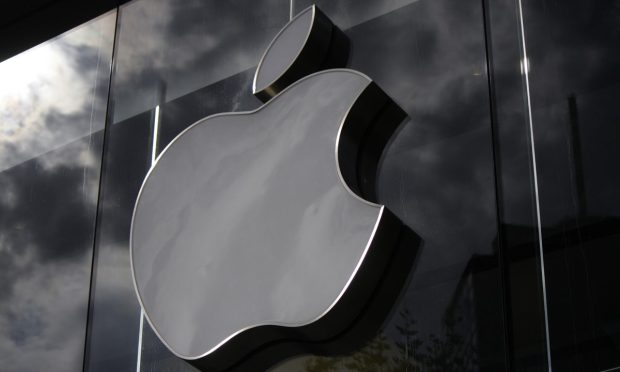Apple’s Paid Subscriptions Hit 700M; Up 150M Since Last Year

It wasn’t just a good third quarter for Apple, but was, in fact, its best-ever as the tech giant blasted past analyst forecasts for revenue, earnings, iPhone sales, services that saw Apple nearly double its profits.
“We continue to be heartened by a customer’s response to the iPhone 12 lineup. We’re only in the early innings of 5G, but already its incredible performance and speed have made a significant impact on how people can get the most out of our technology,” CEO Tim Cook said of the remarkable success of the iPhone 12. The success that, of course, was not quantified directly. What Apple did report was that iPhone sales, on the whole, were up 50 percent year-on-year, compared to the 36 percent sales growth reported overall for the quarter. All in, iPhone sales brought in $39.57 billion — over $5 billion more than $34.01 billion estimated by analysts.
And beating the analysts became something of a theme for Apple’s Q3 earnings report. Revenue came in at $81.41 billion ahead of the $73.30 billion estimated and up 36 percent year-over-year; earnings per share came in at $1.30 vs. the $1.05 forecast. The trend continues down the line, other products, services including mac computers and iPad revenue ahead of pre-release forecasts this time around.
And while Apple didn’t have much to say on payments in general — not mentioning recent speculation that it may jump into the burgeoning buy now, pay later (BNPL) market — it did highlight the services segment where it lives. Services brought $17.48 billion, driven, according to Apple Chief Financial Officer Luca Maestri, by double-digit growth within all of its services product categories, with its growth in paid subscriptions an area of standout action.
“Pay subscriptions continue to show strong growth. We now have more than 700 million paid subscriptions across the services on our platform, which is up more than 150 million from last year, and nearly four times the number of paid subscriptions we had only four years ago,” Maestri told investors — before noting that services are an ongoing construction project for Apple, and the goal is to widen “the breadth and quality of our current services offerings.”
Maestri also called out the growing prominence of the Apple One bundle as a key driver to overall services growth during the quarter. However, he declined to offer any additional hard figures.
Apple devices also got a fair amount of the spotlight in the earnings presentation, with wearables, home and accessories grew 36 percent year over year to 8.8 billion, mostly driven by stronger than anticipated watch sales. The App Store also had a standout season, with combined billings and sales increased by 24 percent to $643 billion in 2020.
The app economy continues to be an incredible engine of prosperity and opportunity, Cook noted, in his comments to analysts and investors, “fueled by the ceaseless striving for developers to make apps that enrich people’s lives.”
“We are diehard optimists about technology’s potential to help people live happier, healthier and more fulfilled lives. Goals that shine through with powerful new updates coming to iOS, iPad OS, Mac OS and watch OS this fall,” said Cook, pointing to the advance of Apple’s connected health app-offerings designed to make it “easier than ever to securely share your health data with providers and loved ones.”
And though Apple’s results were solid, the Cupertino, California giant found its stock trading down after hours as uncertainty marred Apple’s outlook for its next-quarter performance. While Apple once again declined to offer up formal guidance for its Q4, both Cook and Maestri confirmed expectations of slower sales growth as services growth slows because of foreign exchange and possible supply constraints for iPhones and iPads.
In his call with analysts, Cook called out silicon-connected supply chain constraints that could drag on Apple as it enters this quarter.
